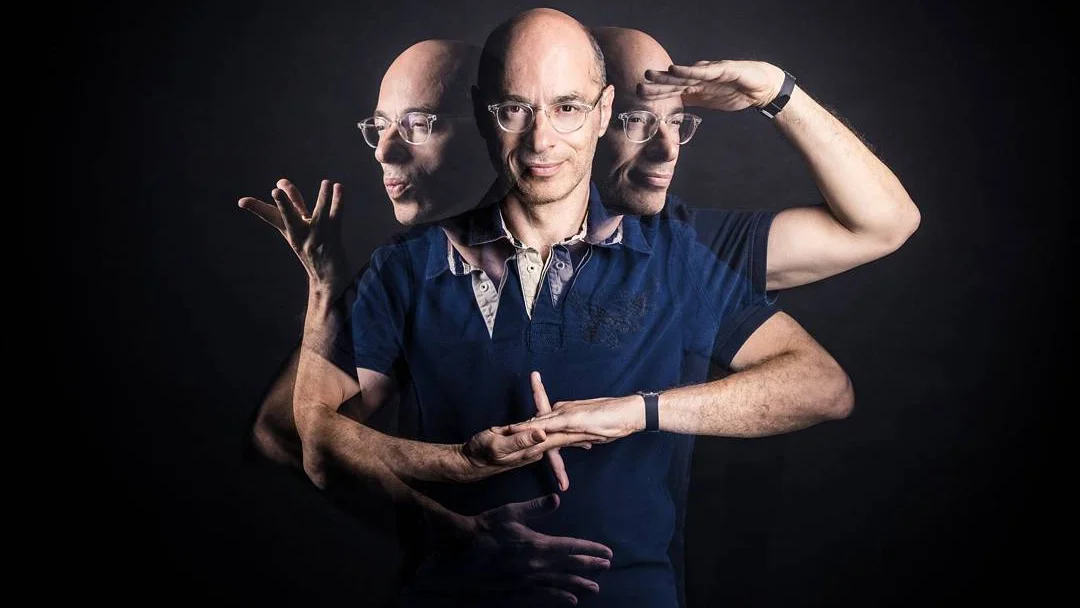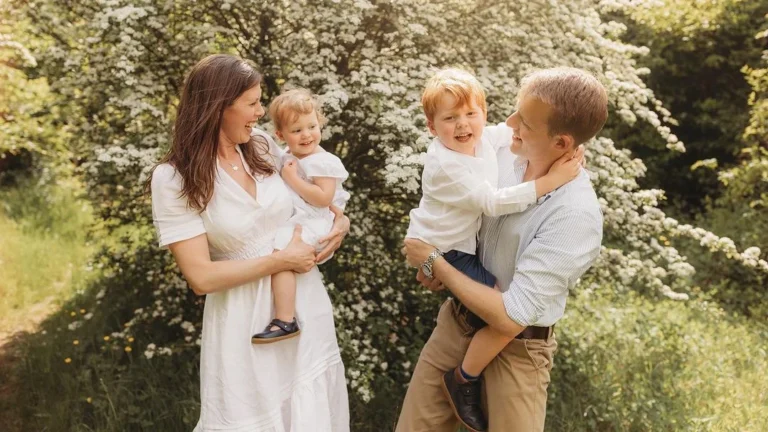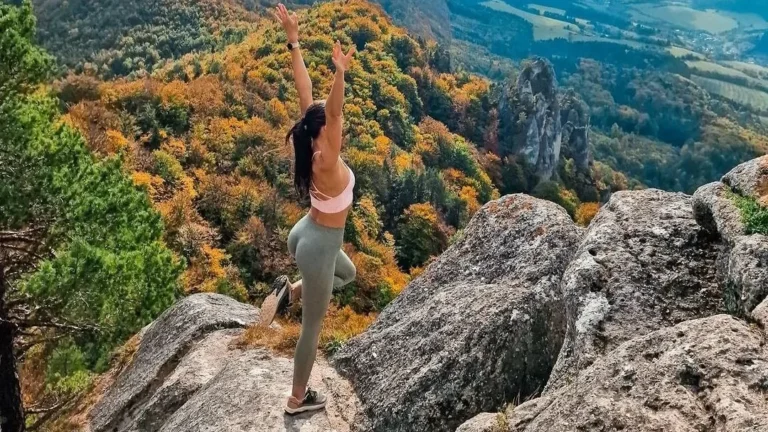As portrait photography is my favorite and specialized field, I recently stumbled on long exposure portrait photography. This variant of portrait photography brings a new perspective that is really unique. Stay with me to find out more about this technique to elevate your portrait-game. Or click this button to see our long-exposure portrait gallery:
What is Long Exposure?
Defining Long Exposure Photography
Long exposure portrait photography involves the magic of letting the camera’s shutter remain open for extended periods. This technique allows photographers to record movement in a unique and dramatic fashion. Instead of freezing a moment, it stretches time, creating images where moving elements transform into silky smears or gentle blurs while stationary components remain sharp and clear.

Exploring Shutter Speed and Aperture
Okay, but what is shutter speed all about? Shutter speed dictates how long the camera’s sensor is exposed to light. During long exposures, one may use shutter speeds ranging from a fraction of a second to several minutes, allowing continuous light to enter. This is the most important aspect of long exposure portrait photography
Alongside, one controls the aperture, which influences the depth of field and the amount of light reaching the sensor by adjusting the size of the camera’s lens opening.
To complete the exposure triangle, of course, ISO plays a crucial role in determining the image’s exposure. A lower ISO value is typically desirable to reduce noise and ensure a cleaner image quality
Long Exposure in Portrait Photography
Okay, but what does this do to portrait photography? Well, due to the long exposure, we can get an otherworldly effect with multiple-bodies emerging from our subject. Sounds weird, right? But just have a look at this photo:
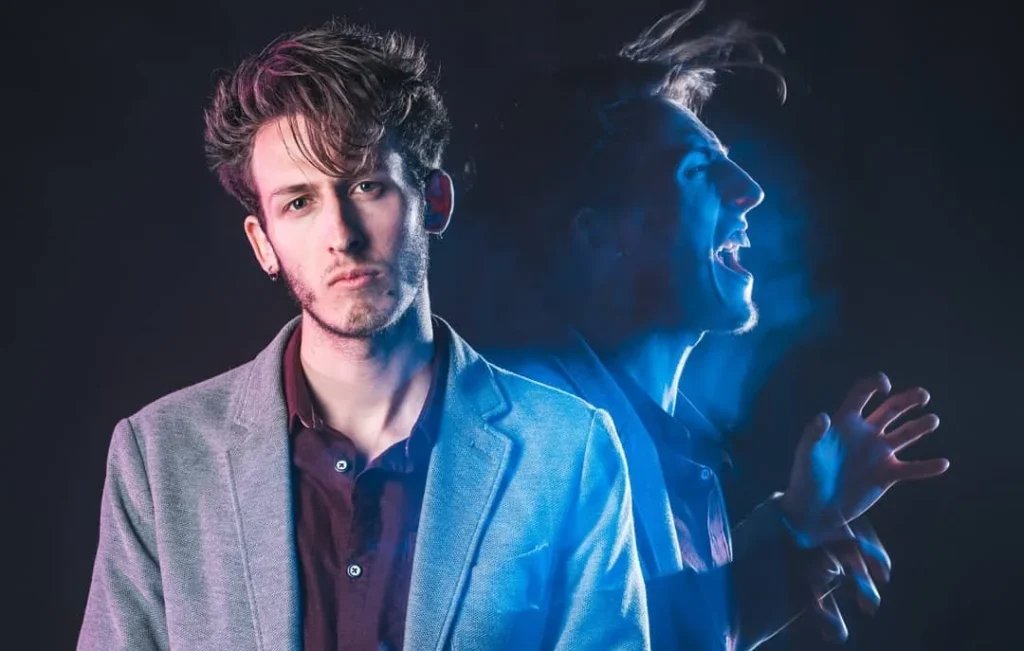
Choosing the Right Equipment
Of course, we will need equipment that has adjustable exposure for this type of portrait. Other than that, a stable tripod is needed to avoid camera shake, and the right lenses and filters ensure sharpness and appropriate exposures.
Selecting the Perfect Camera
For long exposure portrait photography, a camera with manual controls is essential. This allows for precise adjustments to shutter speed, aperture, and ISO. A DSLR or mirrorless camera usually offers these capabilities, giving photographers the power to craft their vision accurately. The camera should also have a Bulb mode for exposures longer than 30 seconds, which is common in this genre.
Have a look at our best DSLR cameras for beginners in 2024!
The Importance of a Sturdy Tripod
Using a sturdy tripod is crucial for eliminating camera movement, which can blur the image in long exposure portrait photography. One should invest in a tripod strong enough to support their camera and lens combination, especially in challenging environments. As these photos often involve several seconds (or even minutes) of exposure, the stability provided by a quality tripod cannot be overstated.
✅ 2,000+ times bought last month
✅ Very Sturdy for best Exposure
✅ Many adjustments, even a phone holder
✅ Cheap
❌ Travel Bag a bit small
Choosing Lenses and Filters
The choice of lenses can drastically affect the outcome of long exposure portrait photography. A wide-angle lens is preferred for capturing expansive scenes or when photographers want to incorporate more of the background. Lenses should be sharp and provide good control over the depth of field. Additionally, using a neutral density filter may be necessary to reduce the amount of light entering the lens, allowing for longer exposure times without overexposing the shot.
Mastering Camera Settings for Long Exposures
Now that we got our setup ready, how do we actually…set it up for our long exposure portrait photography session?
Working in Manual Mode
In manual mode, the photographer has full reign over the camera’s aperture, shutter speed, and ISO.
| Setting | How to Set |
| ISO | Lowest value possible (e.g., ISO 100 or 200) to minimize noise in the image. |
| Aperture | Use a smaller aperture (higher f-number) to control the amount of light entering the camera. This helps in avoiding overexposure, especially in well-lit conditions. |
| Shutterspeed | Slow to allow more light to reach the sensor over an extended period. At least a few seconds, up to a minute |
Making Use of Remote Shutter Release
To further refine the long exposure portrait photography, you can employ a remote shutter release to eliminate camera shake altogether. In conjunction with bulb mode, where the shutter stays open as long as the remote is engaged, you can capture flashing lights or soft water effects without the risk of blurring the stationary elements. By avoiding contact with the camera during exposure, one ensures the sharpest of portraits amidst dynamic backdrops.
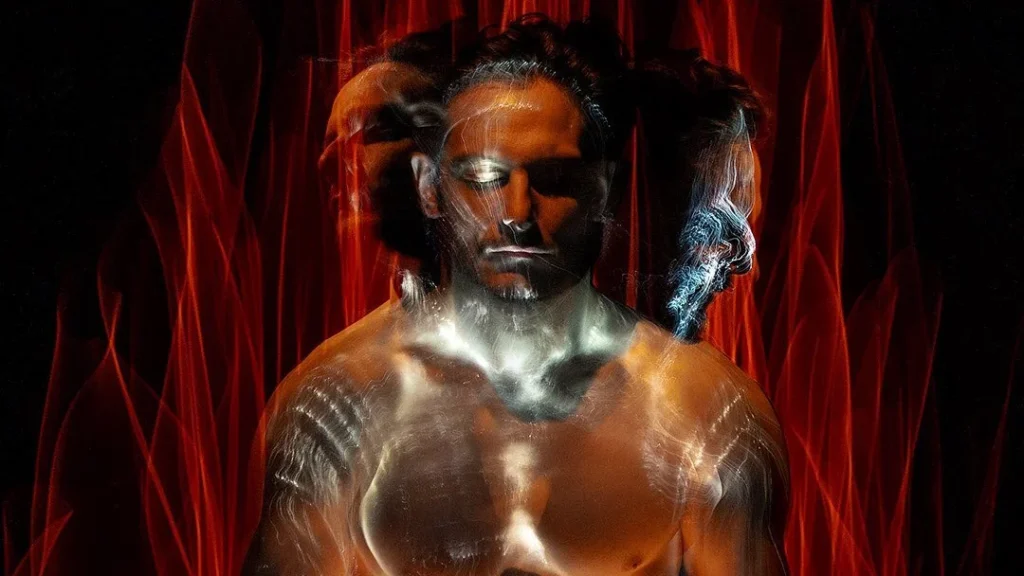
Capturing Movement and Emotion
Portraiture with Motion Blur
In long exposure portrait photography, motion blur is an artistic tool that brings a photograph to life. To capture motion successfully, you need to instruct your subjects to stay as still as possible while the moving elements around them, such as water or passersby, render into a smooth blur. The contrast between the sharp subject and the blurred movement generates a really cool and unique effect!
Top 5 Ideas for Long Exposure Portraits
1. Tell a Story
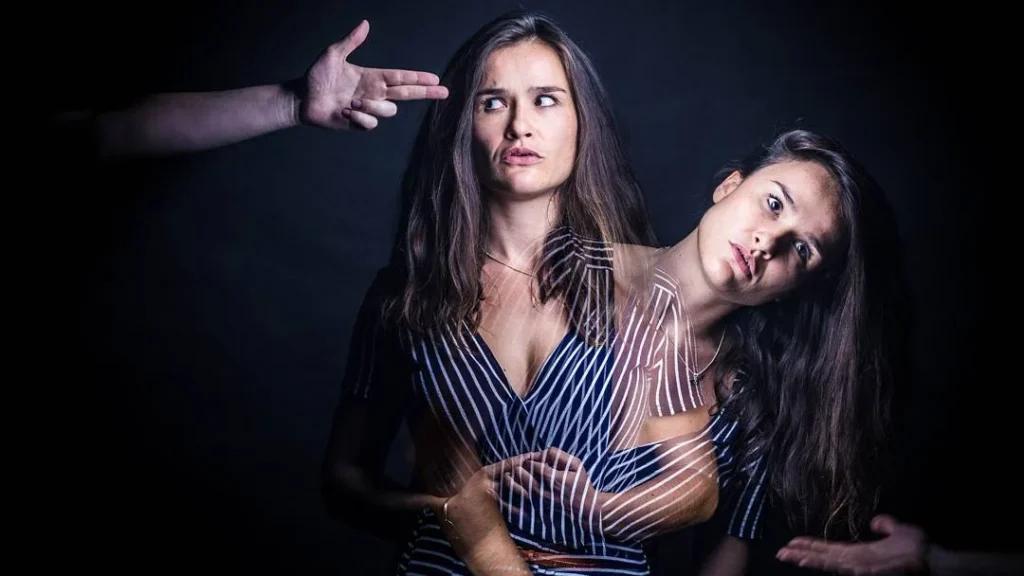
This is really interesting, as you basically abuse photography as a video. You merge multiple photos in one and try to tell a story with those. It’s on the viewer to unravel the story and figure out what’s going on. This is really unique to long exposure portrait photography.
2. The Fire Angel

This is my absolute favorite and what made me look into this niche at all! The fire is created by a torch behind her being moved in a circle. Due to the long exposure, it looks like the fire was everywhere behind her! Love this effect.
3. Creating Two Faces
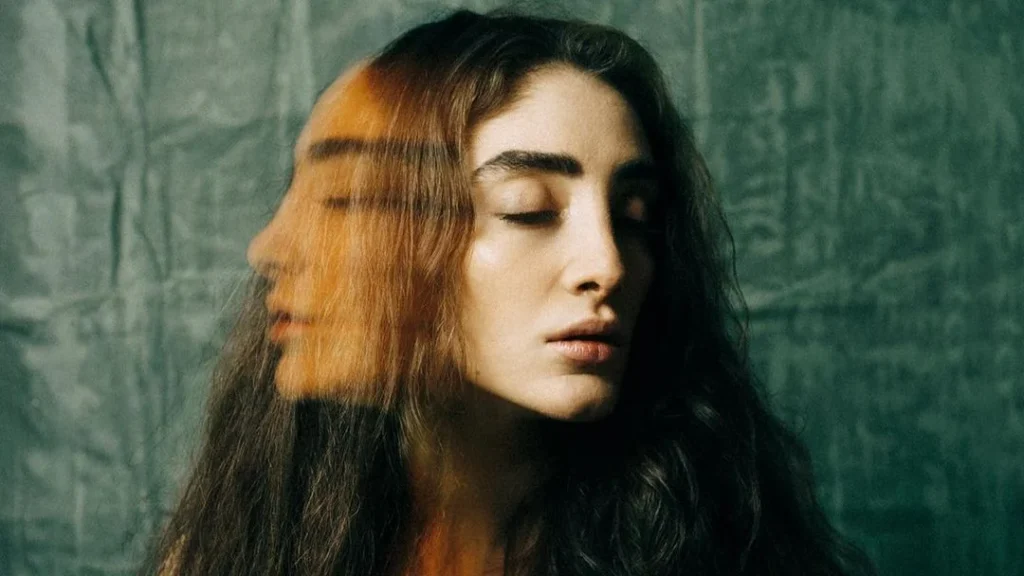
This is one of the easiest ones. Just have your subject move her head to two different places during the exposure. This will create a “two-faced” effect, which can be cool to depict multiple personalities within a single person.
4. The Spirit Hands
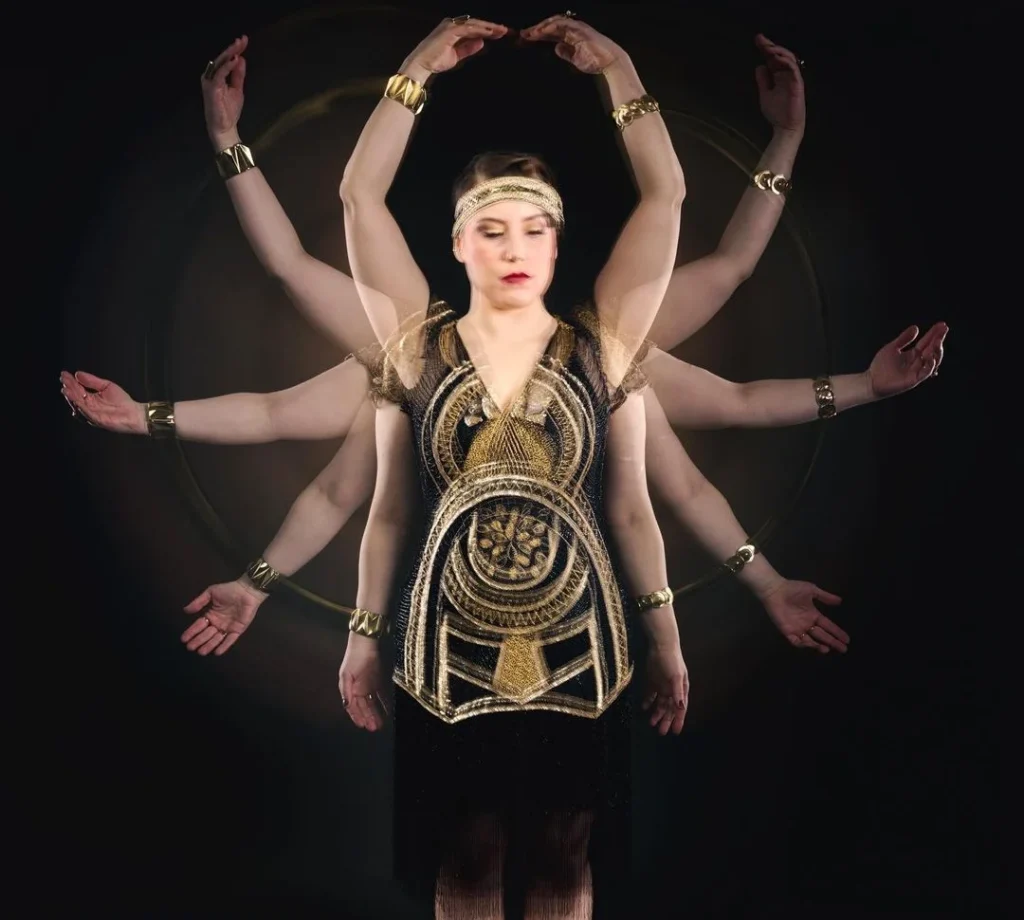
This can be tricky to get right at first, but looks just awesome! Have the subject have her hands move to different heights while exposing to get this “spiritual hands” effect.
5. Long Exposure Train
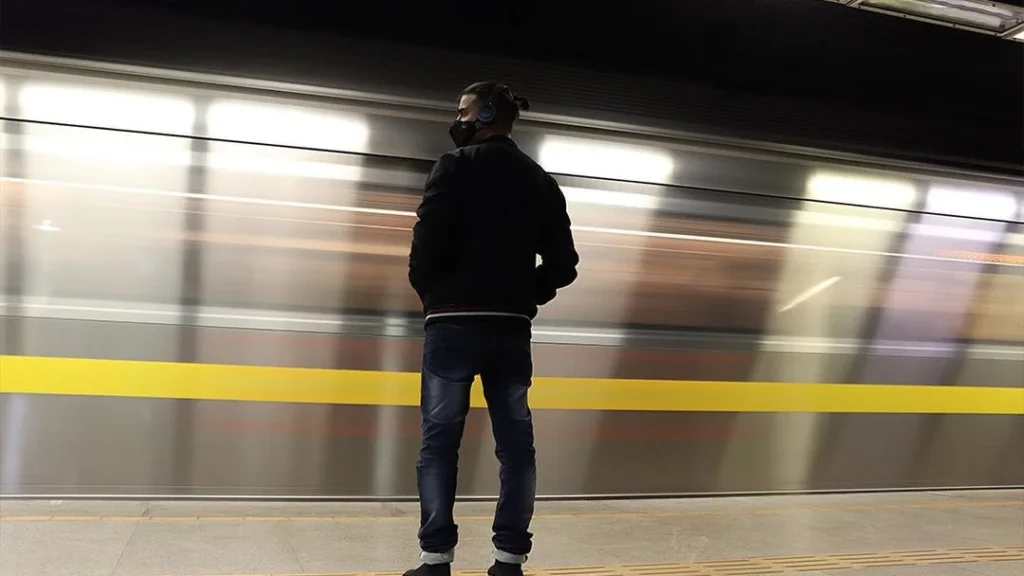
This is fairly easy as well. Just pose in front of rails and wait for a train to pass by. Due to the long exposure, you will remain sharp while the train gets that cool motion blur effect we want!
Post-Processing Long Exposure Portrait Photography
In long exposure portrait photography, post-processing is an important part of the photo creation. As you are dealing with almost special effects here, some editing can really elevate your photos further.
RAW Editing for Maximum Impact
Begin with the RAW file. This format retains all the data from the sensor, giving photographers extensive control over their images. It’s crucial to nail the basics here: exposure, contrast, and color balance are the foundation of a well-exposed image. They adjust highlights and shadows to reveal hidden details, crafting an HDR portrait that leaps off the screen.
Workflow Steps:
- Import RAW files into preferred editing software.
- Apply lens corrections to rectify any image distortion.
- Adjust exposure sliders to fix any under or overexposed areas.
- Enhance colors with white balance and tone controls for warmth and mood.
- Merge exposures if HDR techniques are implemented, ensuring a balanced distribution of light and dark.
My Opinion on Long Exposure Portraits
Long exposure portrait photography is a really interesting variant of portrait photography. It not only looks cool, but it reveals a lot about how a camera works in the first place!
The long exposure is something we can’t really see with our own eyes, so it’s a weird yet fascinating image to see something like that in those portraits. I had great fun experimenting with this niche and got some really artistic and interesting photos myself.
Definitely try out this variant if you’re bored or just want to step up your portrait photography portfolio!
Do you want to explore more niche techniques like long exposure portrait photography? Have a look at these articles; they will help you out a ton!
Also, have a look at our Pinterest or Twitter to stay up-to-date with the latest photography trends!
What’s your opinion on long exposure portrait photography? Drop us a comment down below!
Frequently Asked Questions
What are techniques for long exposure portrait photographs?
They should use a tripod to stabilize the camera and opt for remote shutter releases to prevent camera shake for precise, sharp images. Techniques include motion blur and light trails for creative effects.
How can you successfully capture long exposure portraits without using professional equipment?
Successful captures involve using a steady surface as a makeshift tripod, utilizing smartphone apps that simulate long exposure effects, and ensuring minimal movement during exposure.
Which camera settings are optimal for creating long exposure photos?
Optimal settings typically include a slow shutter speed starting at a few seconds, a narrow aperture like f/16, and a low ISO around 100 to control brightness and detail.
Can you offer tips for taking long exposure self-portraits?
They can use timer functions or remote triggers. It’s advised to choose a pose that one can hold comfortably for an extended period to maintain sharpness where desired in the image.
Who are some of the top photographers known for their work in long exposure portrait photography?
Photographers like Alexey Titarenko and Michael Kenna are renowned. Their long exposure portraits often include elements of surrealism and the passage of time.

